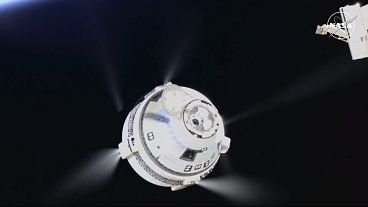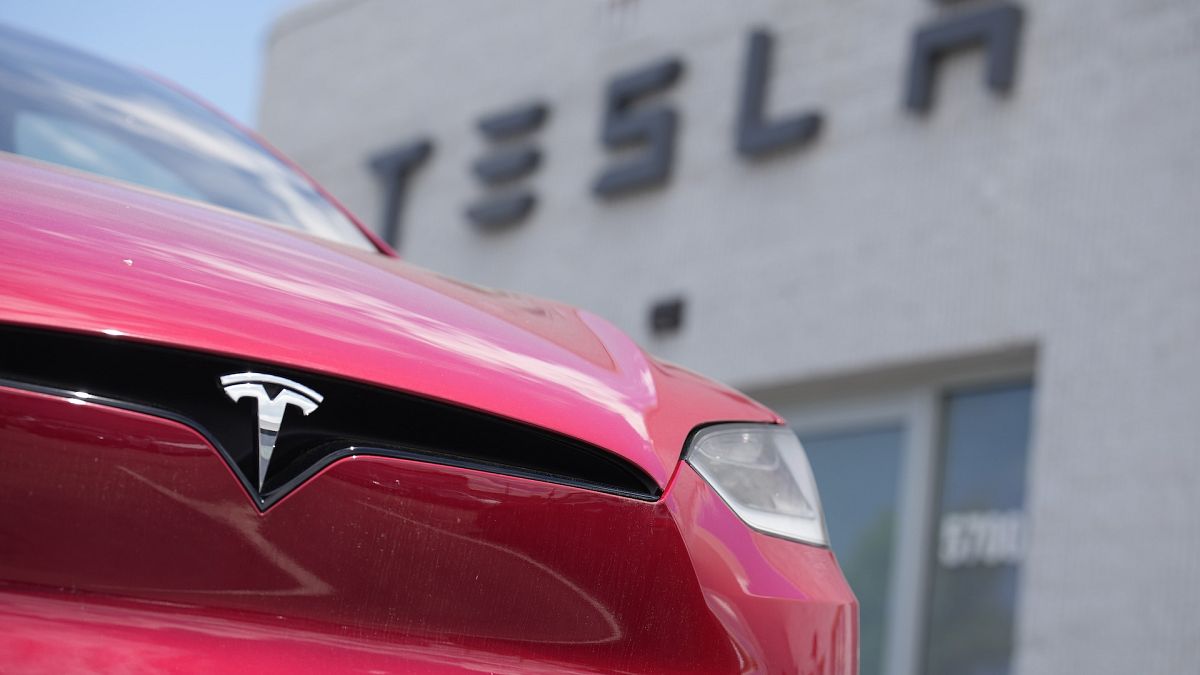Tesla’s revenue for the second quarter may continue declining amid a slowdown in sales. However, the development of robotaxis and energy storage may become the focal point for its market valuation.
Tesla is set to report its second-quarter earnings after the US market closes on 23 July. Shares of the world’s largest electric vehicle (EV) manufacturer are down 4% year-to-date but have soared 71% since it released its first-quarter earnings in April. While its automotive sales are expected to continue slowing down, its energy storage deployment saw a surge in the first quarter. Additionally, investors are looking for positive developments with Tesla’s AI-powered Full Self-Driving (FSD), robotaxi and Optimus robot services.
Forecast and challenges
According to Bloomberg’s survey, Tesla’s revenue for the second quarter may decline compared to a year earlier, marking the third consecutive year-on-year drop. The overall revenue is forecasted at $24.6 billion, a 1% decline from a year ago. Earnings per share are expected to be $0.62, down 32% from the same quarter last year.
In the second quarter, Tesla delivered 443,956 EVs, surpassing the Wall Street average estimate of 439,302. However, this figure represents a 4.8% drop from the same quarter last year, following an 8.5% year-on-year decrease in the first quarter. These consecutive declines mark the longest losing streak in quarterly delivery numbers since 2012. Tesla has brought forward the mass production of its affordable EV to the first half of 2025, from the second half, due to the growth bottleneck.
The key challenges that Tesla is facing include fierce competition against fast-growing Chinese EV manufacturers, particularly the best-selling Chinese brand, BYD. The price war among these car makers has significantly reduced Tesla’s operating margin to 5.5% in the first quarter, down from 11.4% a year ago. China is Tesla's second-largest market, accounting for more than 20% of its sales revenue. According to the China Passenger Car Association (PCA), Tesla’s shipments from its Shanghai plant fell by 24.2% year on year in June, marking the fourth decline this year.
The increased EU tariff on China-made EV exports has also pressured Tesla’s sales in Europe. PCA data showed that exports of China-made Tesla EVs to the EU fell to their lowest level since the third quarter of 2022. The EU is the largest export market for China-made Tesla EVs, accounting for a 9.1% market share in Europe in January, according to EV-volumes.com.
New growing business
Tesla must attract investors with new growing areas to maintain its high-multiple market valuation. CEO Elon Musk indicated that its energy storage business had accelerated, with the segment's revenue growing by 7% in the first quarter to a record high of $1.64 billion and energy deployments rising to a record 4.1 GWh. Musk expects continuous growth in this division.
Furthermore, Robotaxi is part of Tesla’s broader strategy to develop fully autonomous vehicles using FSD. Cathie Wood at Ark Investment Management said the autonomous taxi ecosystem is an “$8 trillion to $10 trillion global revenue opportunity”, and Tesla will be able to take half of the market share. She believes that the autonomous taxi platform can increase Tesla’s market valuation tenfold. However, Tesla delayed the launch of Robotaxi by about two months to October, which caused its shares to fall in mid-July.
Tesla's AI training capacity nearly doubled sequentially, reaching an all-time high. At the annual shareholder meeting, Musk expressed confidence that the company’s Optimus humanoid robots would be able to take on tasks in the factory by the end of 2024. Musk believed Optimus could boost Tesla’s market valuation to $25 trillion without giving a timeframe. He also projected that the weekly output of Cybertrucks could reach 1,300 units.















